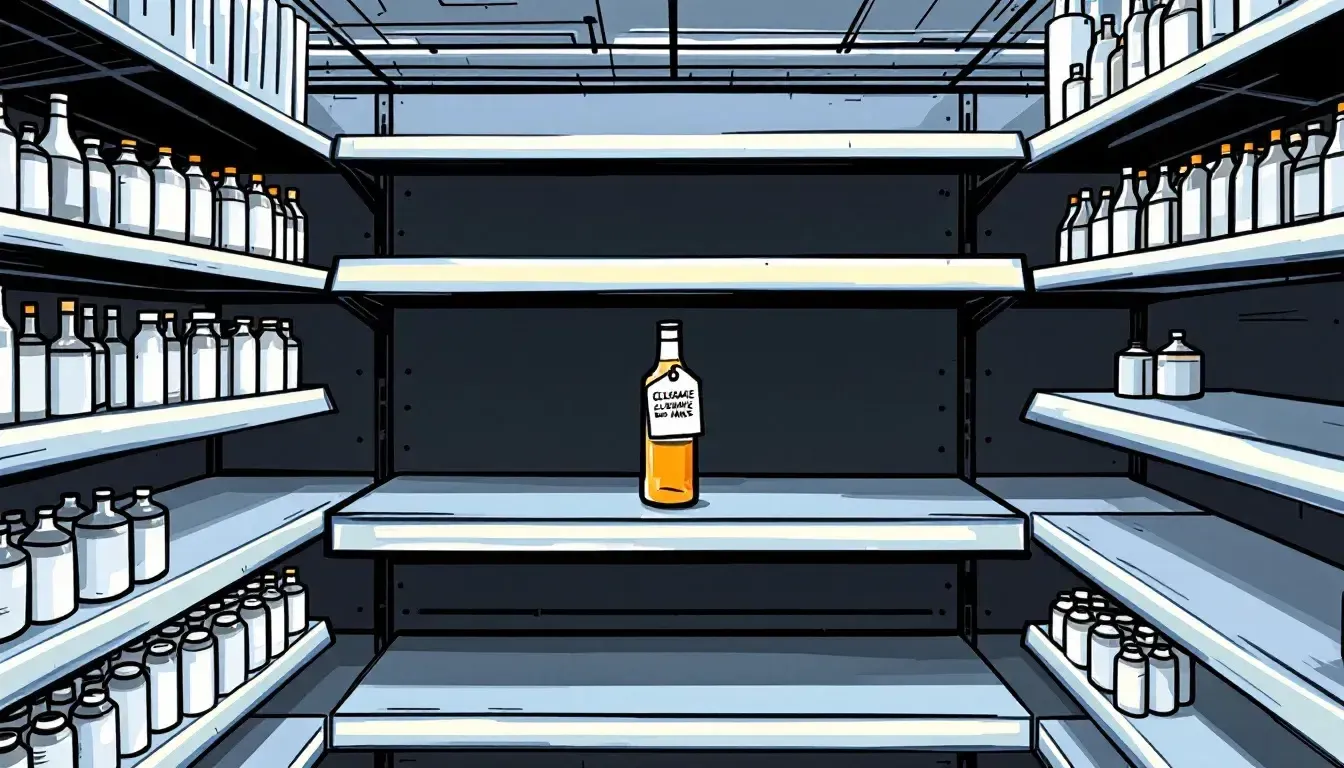When Prices Take a Dive

Rea,
Remember that tasty drink we found at HEB a few months ago? We sampled it, liked it, and bought a bottle for $10. But when we went back to get more, we couldn’t find it anywhere. Then weeks later, we spotted it on the clearance shelf at Target for just $5 and bought the last two cases.
What happened to that drink tells a small version of the same story that caused the Great Stock Market Crash of 1929. It all comes down to supply and demand.
The company that made our drink had high hopes for it. They produced a lot of bottles and set the price at $10. But not enough people bought it at that price. Stores had to lower the price to $5 just to clear their shelves. The company probably stopped making the drink or even went out of business because there wasn’t enough demand.
The stock market works similarly, but instead of drinks, people buy small pieces (called shares) of companies. When lots of people want to buy shares, the price goes up. When people want to sell, the price goes down.
In the 1920s, more people than ever were buying stocks, and prices kept rising. Many even borrowed money from banks to buy more stocks, thinking they could easily pay it back when stock prices went even higher.
But in October 1929, some investors decided to sell their stocks. This made other people nervous, so they started selling too. Soon, everyone was trying to sell at once, but there weren’t enough buyers. Stock prices plummeted. A share worth $100 one day might be worth only $20 the next.
People who had borrowed money to buy stocks now owed more than their stocks were worth. Banks lost huge amounts when people couldn’t pay back loans. Companies couldn’t get money to operate. Workers lost their jobs. The effects spread through the entire economy like a chain reaction.
Just like our drink company went out of business when not enough people bought their product, many businesses in 1929 had to close when the stock market crashed. And just like we bought the drink for half price on clearance, some investors after the crash could buy stocks for much less - but many people had already lost everything.
The stock market is like a giant see-saw that needs to stay balanced. When too many people rush to one side - either buying or selling - it can tip over completely. What happened in 1929 was the biggest tip-over in history, and it took years for the balance to be restored.
Love, Abba
P.S. Next time we’re shopping, try to notice other examples of supply and demand. Why do you think some toys become impossible to find during the holidays while others end up in the clearance bin?

